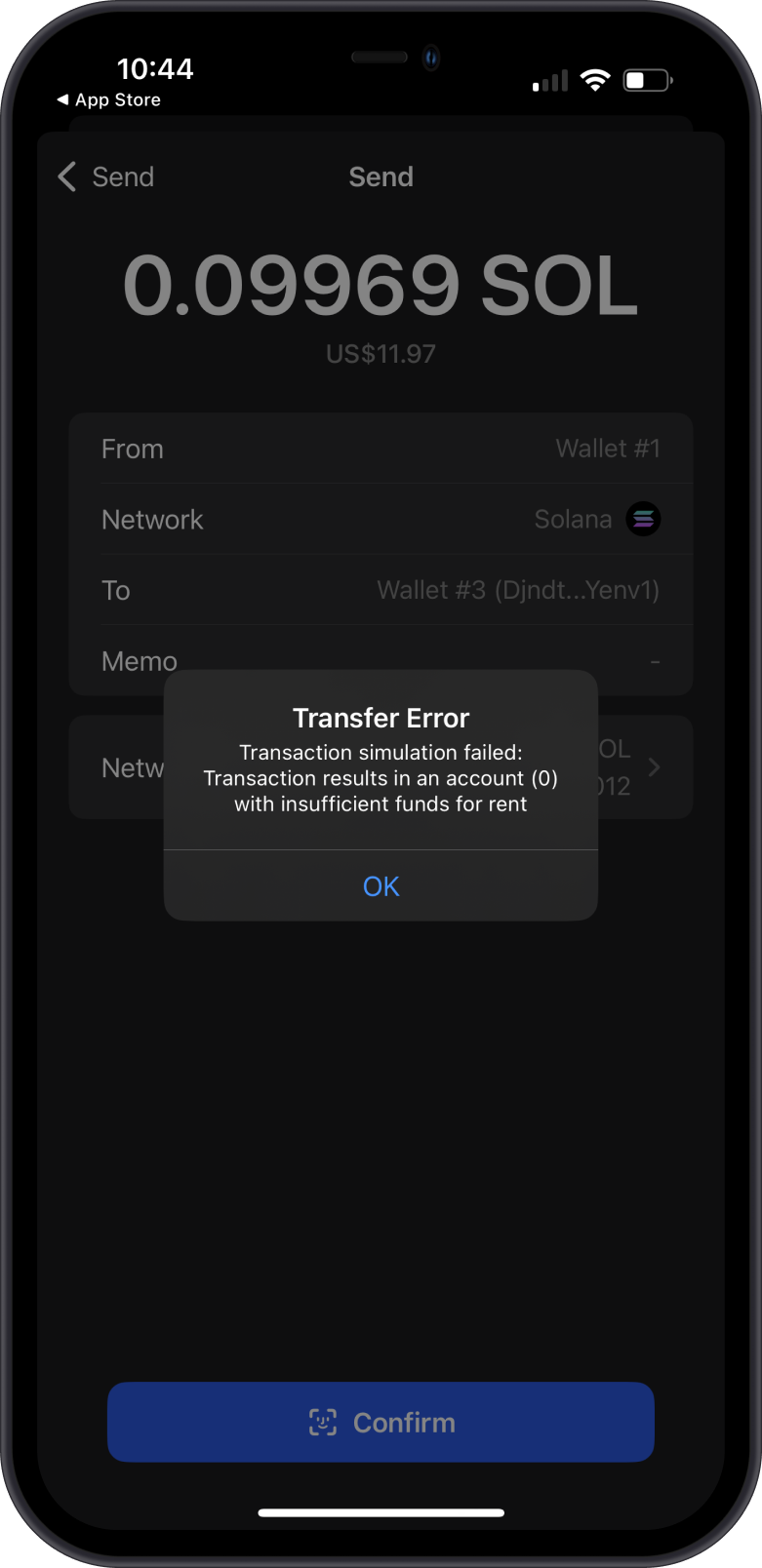What are Minimum Balance Requirements for Blockchains?
Why Do Blockchain Minimum Balance Requirements Exist?
Q: What is the purpose of minimum balance requirements?
A: Minimum balance requirements are small amounts of a blockchain's native cryptocurrency (e.g., XRP, DOT, SOL) that accounts must hold to stay active or store data. They exist to:
- Prevent Spam: Discourage fake or low-value accounts that could clog the network.
- Optimize Resources: Ensure only active accounts use storage and processing power, keeping the blockchain efficient.
- Promote Fairness: Distribute network maintenance costs among users, supporting scalability and performance.


The Reasoning Behind Minimum Balance Requirements
Q: Why do blockchains need these mechanisms?
A: Blockchains rely on nodes (computers) to store and process data, which consumes resources like memory and energy. Without minimum balances:
- Networks could be overwhelmed by inactive or tiny accounts, slowing transactions.
- Malicious actors might create countless accounts to disrupt operations.
- Resource costs would unfairly burden node operators.
These requirements act like a small entry ticket, ensuring users contribute to network health while keeping access affordable.
Q: How do these requirements benefit users?
A: They keep transaction fees low, maintain fast network speeds, and ensure a secure, reliable experience. By reducing clutter, blockchains can scale to handle more users and transactions, benefiting everyone.
Which Blockchains Have Minimum Balance Requirements?
Q: What blockchains supported by Gem Wallet have these requirements?
A: Several blockchains use minimum balance mechanisms, each with unique names and rules. Here are the key ones:
- XRP Ledger (Reserve Fee): Accounts need ~1 XRP to exist and process transactions, preventing spam. The reserve is refundable when closing the account.
- Polkadot (Existential Deposit): Accounts must hold ~1 DOT to stay active. Falling below risks deactivation, but the deposit is refundable.
- Solana (Rent): Accounts need enough SOL for two years of rent to be exempt (~0.001 SOL for basic accounts); otherwise, small amounts are deducted periodically. Rent is refundable when closing.
- Ethereum (Gas Fees): No fixed minimum, but accounts need ETH for gas fees to create contracts or transact, indirectly managing resources.
- Cardano (Minimum UTxO Balance): Each unspent transaction output (UTxO) requires ~1-2 ADA, preventing inefficient transactions.
- Cosmos (Minimum Balance): Chains like Cosmos Hub require small amounts of ATOM for fees and activity, acting as a spam deterrent.
- NEAR Protocol (Storage Staking): Accounts lock NEAR tokens for data storage costs, refundable when closing. Low balances risk deactivation.
- Algorand (Minimum Balance): Accounts need 0.1 ALGO, increasing slightly for assets or contracts, to stay active.
Other Common Questions About Minimum Balance Requirements
Q: Are these minimum balances "locked" or usable?
A: In most cases, the minimum balance is part of your account's funds but can't be spent below the required threshold while the account is active. For example, XRP's reserve fee is in your balance but reserved, and Solana's rent-exempt balance is usable as long as you stay above the minimum.
Q: Can I recover the minimum balance?
A: Yes, most blockchains allow you to recover the minimum balance when you close or deactivate your account. For instance, XRP returns the reserve fee, Polkadot refunds the existential deposit, and Solana returns the rent balance, subject to each network's rules.
Q: What happens if I don't meet the minimum balance?
A: Consequences vary:
- XRP: You can't create an account or perform certain actions without the reserve.
- Polkadot: Accounts below the existential deposit may be "reaped" (deactivated).
- Solana: Non-rent-exempt accounts pay periodic rent; if depleted, the account may be deactivated.
- Others: Similar deactivation or restrictions apply (e.g., NEAR, Algorand). Always keep enough tokens to avoid issues.
Q: How do I know the minimum balance for each blockchain?
A: Check Gem Wallet's supported blockchain's official documentation for up-to-date requirements, as amounts may adjust based on network governance or token value changes.
Q: How does this affect my Gem Wallet usage?
A: Ensure your wallet has enough tokens for each blockchain's minimum balance to create accounts, transact, or hold assets. Falling below may prevent actions or deactivate accounts. Gem Wallet's interface can guide you on funding requirements.
Q: Do these requirements make blockchains expensive to use?
A: Minimum balances are typically small (e.g., $1–$10 in value) and designed to be affordable while protecting the network. They're a one-time or refundable cost for active accounts, not a recurring fee in most cases (except non-exempt Solana accounts).
Q: Can these requirements change over time?
A: Yes, blockchains may adjust minimums through governance (e.g., XRP validators, Polkadot council). Changes reflect network needs or token value shifts to maintain balance between accessibility and efficiency.